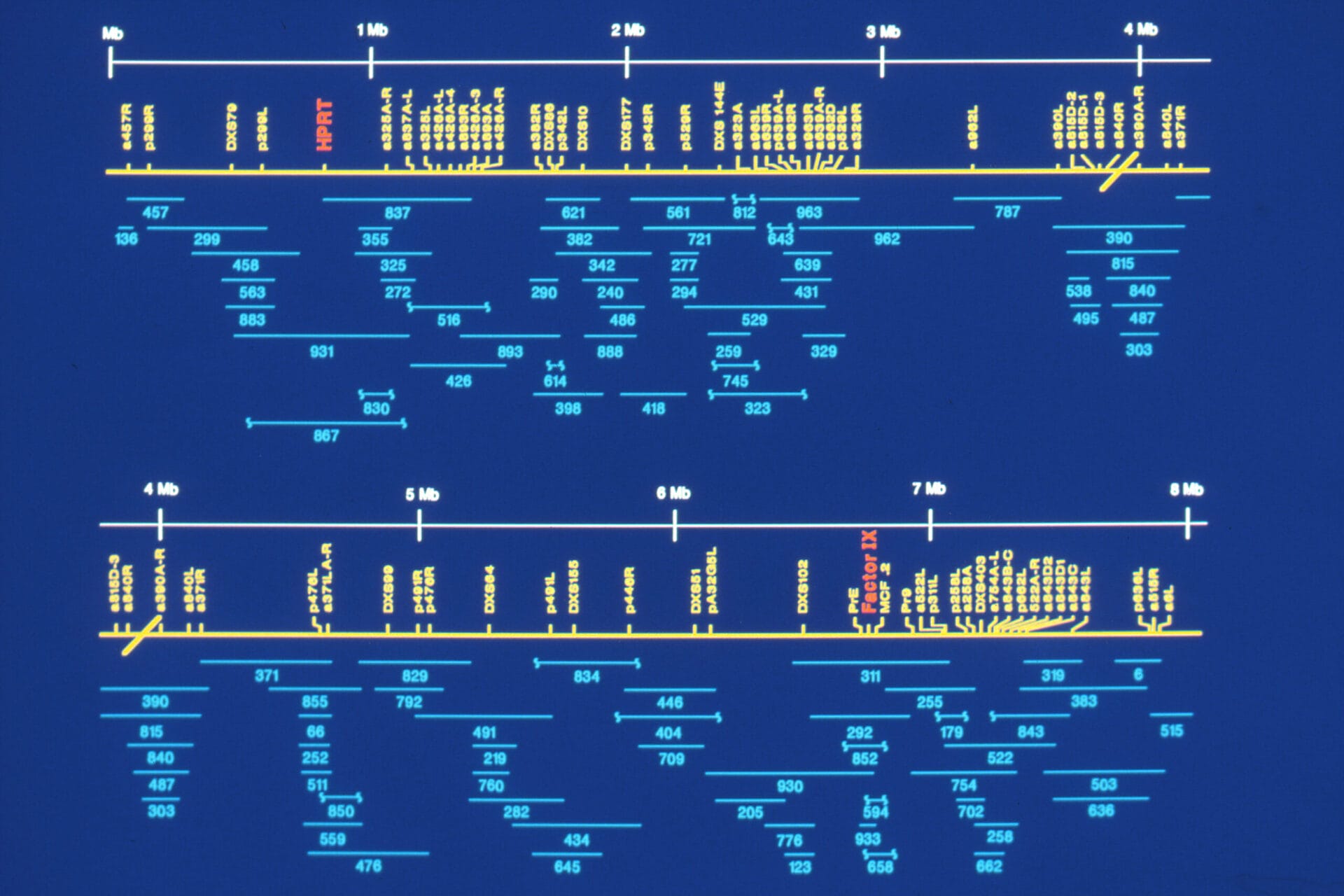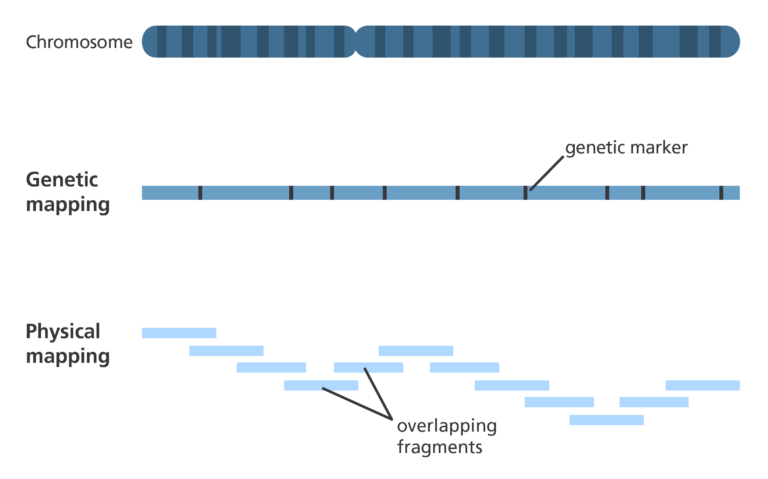What is genome mapping?
By Emily Farthing, Freelancer writer and editor.
Image credit: National Human Genome Research Institute

Genome mapping is used to identify and record the location of genes and the distances between genes on a chromosome.
- A genome map highlights the key ‘landmarks’ in an organism’s genome.
- It’s not a final product, but rather a work in progress helping scientists to navigate their way around the genome as they sequence it.
- Genome mapping provided a critical starting point for the Human Genome Project.
How do you map a genome?
- A bit like how a map shows different landmarks to help you get around a city, a genome map helps scientists to navigate their way around the genome.
- The landmarks on a genome map may include short DNA sequences, regulatory sites that turn genes on and off or the genes themselves.
- Sequenced DNA fragments can be aligned to the genome map to aid with the assembly of the genome. It’s a work in progress and over time, as scientists learn more about a particular genome, the map becomes more accurate and detailed.
- Genome mapping provided the basis for whole genome sequencing and the Human Genome Project.
Different types of genome mapping
- There are two general types of genome mapping: genetic mapping and physical mapping.
- Both guide scientists towards the location of a gene (or section of DNA) on a chromosome.
- However, they rely on very different information.
- Genetic mapping looks at how genetic information is shuffled between chromosomes or between different regions in the same chromosome during meiosis (a type of cell division), in a process called recombination or ‘crossing over’.
- Physical mapping looks at the physical distance between known DNA sequences (including genes) by working out the number of base pairs (A-T, C-G) between them.
